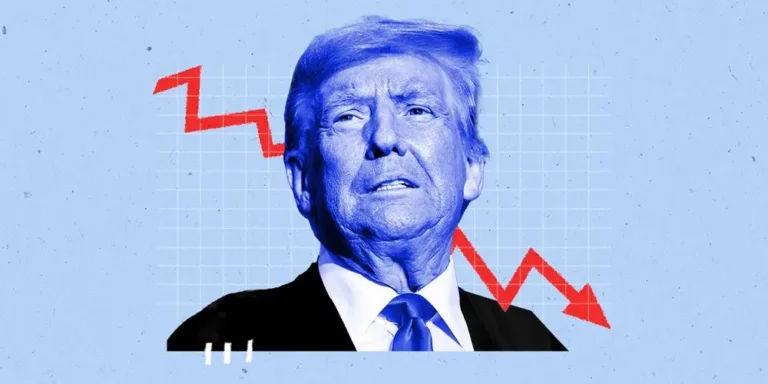The stock market got just what it wanted from the Fed

Fed Chair Jerome Powell noted in his remarks that the central bank believes the economy is in good shape and unemployment is still relatively low.
Stocks got a brief leg up to a new intraday record on Wednesday after the Federal Reserve issued its first rate cut since 2020.
Major indexes then wobbled into the close, turning lower during Fed Chair Jerome Powell’s question-and-answer session. But their resilience within shouting distance of all-time highs suggested that this was an ideal outcome for stock investors, especially with a jumbo-sized cut already priced in.
“The Fed has given the market what it was looking for with the bigger 50-basis point rate cut,” Joel Kruger, market strategist at LMAX Group said in a statement.
The outcome also matched what Morgan Stanley strategists outlined earlier this week as a best-case scenario for stocks: a 50-basis-point cut that also didn’t spook the market with regard to economic growth.
But perhaps foreshadowing the subsequent move lower during Fed Chair Jerome Powell’s question-and-answer session, Kruger added:
“Our concern from here will be the market’s ability to continue to feel good about buying risk assets on future accommodative Fed gestures now that the accommodation has been priced to this extent.”
Here’s where US indexes stood at the 4 p.m. closing bell on Wednesday:
- S&P 500: 5,618.26, down 0.3%
- Dow Jones Industrial Average: 41,503.10, down 0.3% (103 points)
- Nasdaq composite: 17,573.30, down 0.3%
Stocks have historically reacted well to Fed rate cuts. Since 1971, the first Fed cut has led to positive returns for investors 100% of the time in the next six months, with an average gain of 13%, according to Fundstrat’s Tom Lee.
Going forward, investors will be keyed into new economic-data releases for signs the Fed’s swift rate moves have fended off a possible recession.
“The data going forward will matter more for markets,” Priya Misra, portfolio manager at JPMorgan Asset Management, wrote following the decision. “All we needed today was for Powell to validate market expectations that the Fed is acknowledging the downside risks to the labor market and responding appropriately.”
Wednesday’s rate decision was also significant in that it confirmed the central bank has pivoted its primary focus.
“The Fed is more worried about the labor market and less concerned about inflation at this point,” Jason Pride, chief of investment strategy and research at Glenmede.






